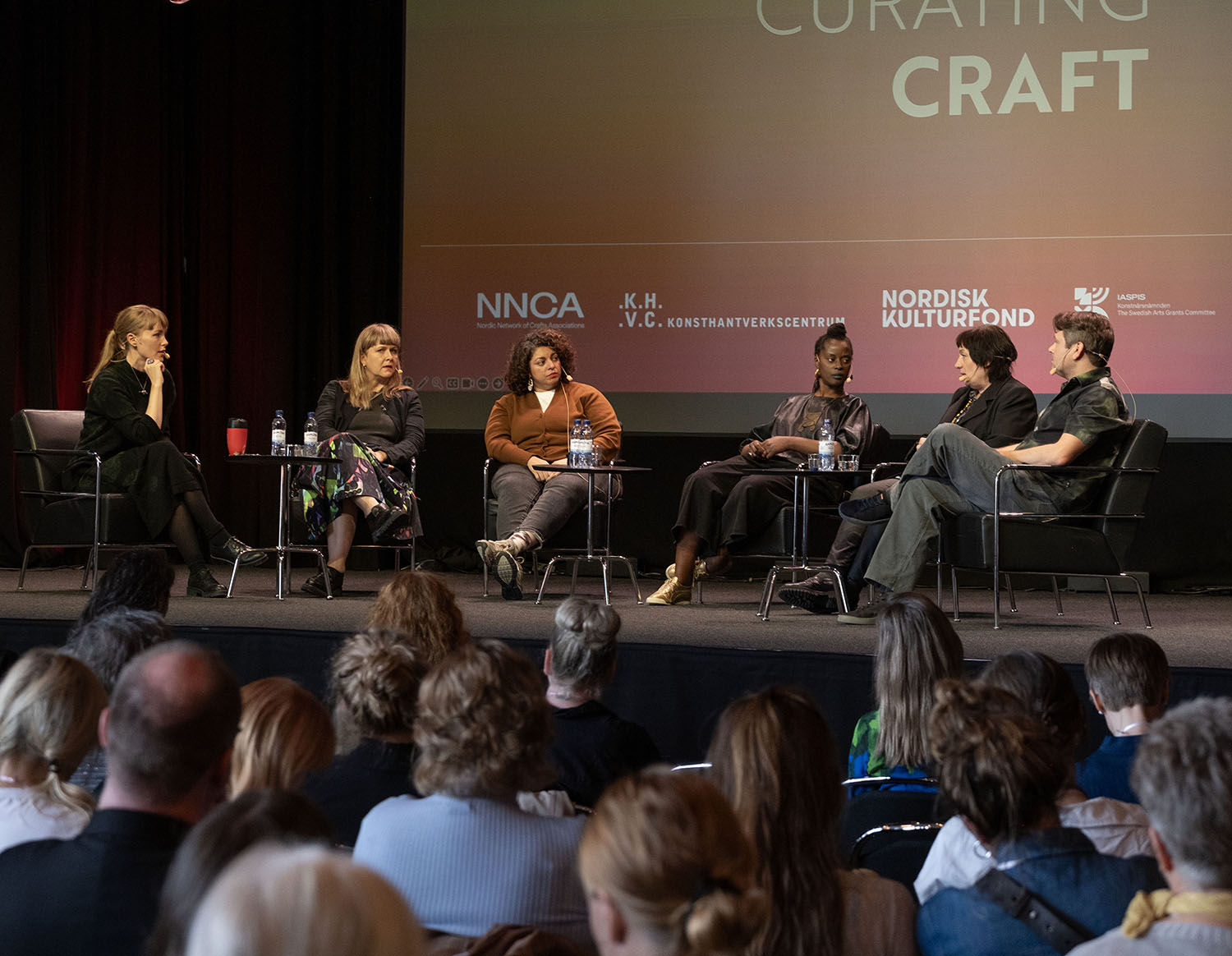The Stockholm Manifesto
A lecture by Damon Crain presented at
Curating Craft Conference | Stockholm
| Kulturhuset Stadsteatern, Stockholm, Sweden |

Curating Craft is an international one-day conference bringing together craft artists and aiming at strengthening the field of curating contemporary crafts. The 2023 conference opens the fifth annual Stockholm Craft Week and is organized by The Swedish Crafts Centre (Konsthantverkscentrum) in collaboration with NNCA – Nordic Network of Crafts Associations. Curating Craft took place on at Kulturhuset Stadsteatern, in Stockholm, and the panelists include renowned representatives from the Nordic countries and the USA. |


